Most fish finder reviews push the expensive models first. I’ll show you why the mid-range sweet spot is all most anglers actually need.
Last updated: May 26th, 2025
Best Overall
Garmin STRIKER 4
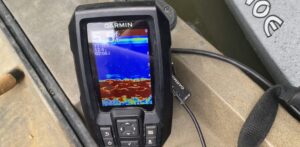
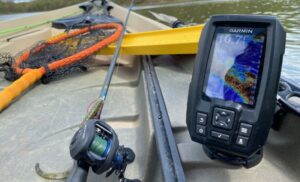
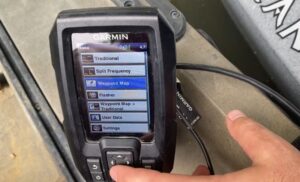
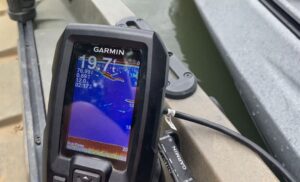
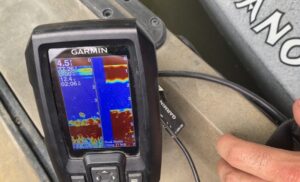
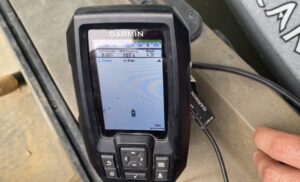
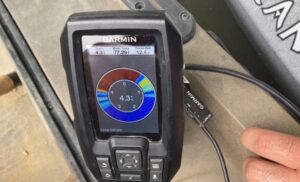
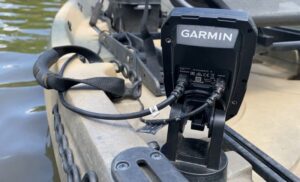
Specs
Pros
Cons
Why I Chose It
The Garmin STRIKER 4 is the best fish finder for the money because it’s ridiculously affordable, accurate, and straightforward to use. It should be a mandated purchase for every fish finder newbie.
This was the first fish finder I bought while in college to install on my kayak, and I wouldn’t hesitate to buy it again.
Even though I had never used a Garmin fish finder at the time, I quickly figured out how to install and use the STRIKER 4 to get accurate depth and structure readings.
It’s so simple to use; rumor has it Bigfoot installed one on his boat to find the Lochness Monster.
If you’re willing to spend a bit more for a better sonar reading and a mapping feature, the STRIKER Plus 4 with Dual Beam sonar is a slight upgrade because it has the option to choose between a wide beam or narrow beam and the beloved QuickDraw feature.
After using the STRIKER 4 for years, I wish that it had additional upgrades I could add on, but it’s understandable why it doesn’t at this low price point (under $150).
The GPS is nice, but don’t expect to have a map of your lake; it’s a white screen where you can drop waypoints.
While this is not equivalent to the Echomap Ultra, and I would love to have the option to upgrade the unit instead of buying a new model, the Garmin STRIKER 4 is at an unbeatable price, considering you get GPS and accurate sonar readings.
It’s perfect for beginner anglers and those on a small budget who still want a product that will show them where the depth changes and structure are located.
Best Sonar Technology
Lowrance Eagle
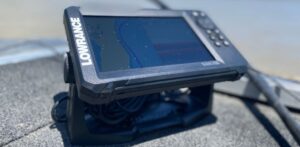
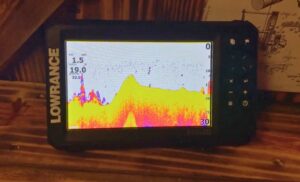
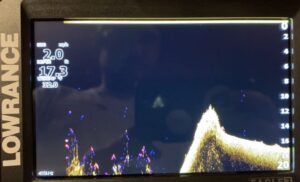
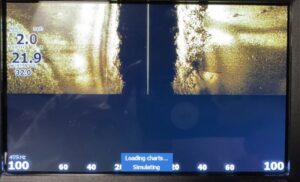
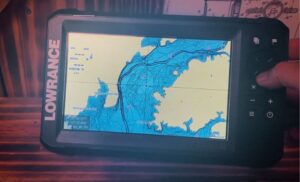
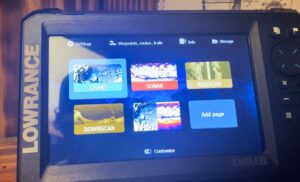
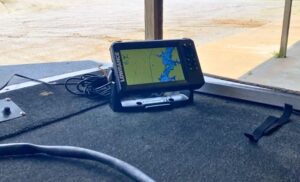
Specs
Models
Pros
Cons
Why I Chose It
The Lowrance Eagle 7 has every feature you need, without the ones that jack up the price. It is the latest mid-range Lowrance fish finder, replacing the Lowrance Hook Reveal.
When I tested it on my boat, it did an outstanding job filling those shoes. I love that the Tripleshot transducer allows you to use DownScan, SideScan, or traditional CHIRP by switching pages or using all three simultaneously. This gives you an excellent idea of the fish and structure below you.
The screen was crystal clear, even in the bright sun. I had no problems seeing the 7” screen. However, the larger screen costs about $500 (depending on configuration). If you prefer to stay below that mark, you’ll have to settle for the 4” or 5” screen.
One of the best things about the Lowrance Eagle is the lack of unnecessary features that would drive the price sky-high. It has everything you need (accurate sonar and mapping) without the extra fluff.
As great as this unit is, I wasn’t too impressed with some features while testing it.
The first is the mapping. The Lowrance Hook Reveal blew me away with its mapping capabilities, so I had high hopes for the Eagle, but it fell short.
Maybe I hit the wrong button, but the maps on the Eagle weren’t as good as the pre-installed ones on the Hook Reveal.
The other downside is Lowrance’s reputation for poor customer service. While I haven’t had to deal with it (I’ve never had any problems), I’ve heard far too many customers complain about how they were given the run-around or weren’t helped by Lowrance after a product broke while still under warranty.
Overall, I had a positive experience testing the Lowrance Eagle. I wouldn’t hesitate to mount the 5” or 7” screen on my boat because it has everything I need as an average angler without busting my budget.
Best Side Imaging
Garmin STRIKER Vivid
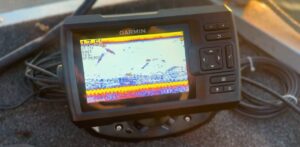
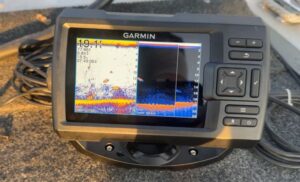
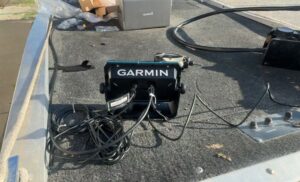
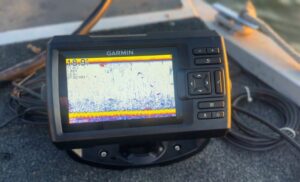
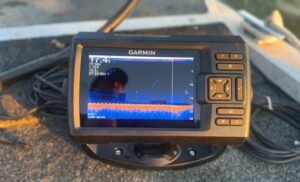
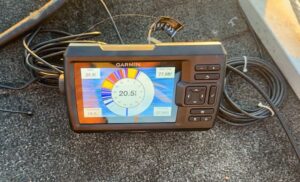
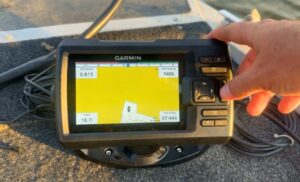
Specs
Pros
Cons
Why I Chose It
The Garmin STRIKER Vivid series offers the best sidescan technology at a middle-of-the-road price point (under $500). You won’t have to beg your banker for any more money to purchase this unit.
I believe the STRIKER Vivid 7cv perfectly fills the void between a STRIKER 4 and an Echomap UHD. It’s similar to the Lowrance Eagle, except it doesn’t come preloaded with maps.
If side-imaging is a must for your fishing and you don’t need preloaded maps, you’ve found your match.
Just because it doesn’t come with preloaded maps doesn’t mean you’re out of luck. I love this model because you can create your own maps, and you can use the ActiveCaptain App to supplement the lack of maps.
This unit looks very similar to an Echomap UHD, but it lacks the touchscreen and maps. However, it’s nearly $300 less than the UHD, so it’s very affordably priced.
The Vivid 7cv’s 7” screen (or 9” screen on the 9sv, if you prefer) is large enough to see even when you’re using it in split screen mode between the mapping and three sonar options.
I regularly use Garmin SideVu when fishing, and I’ve never had problems with it. It’s clear and easy to find structure with, so you can bet I’ll continue to use Garmin side scanning while I’m on the water.
The biggest downside is the lack of an SD slot, so you can’t add more memory to the unit to keep creating maps once you’ve reached capacity.
However, there’s plenty of memory, and you can upload your maps to the Garmin community to save them so you never lose them.
All in all, the Garmin STRIKER Vivid is the best choice for sidescan technology at a price most anglers can afford. Be sure to grab yours today.
Full review of Garmin STRIKER Vivid.
Best Castable Unit
Garmin STRIKER Cast
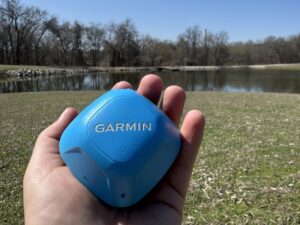
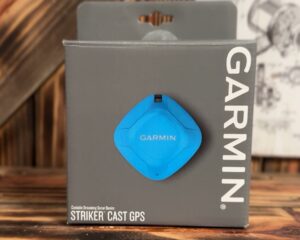
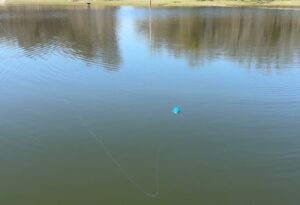
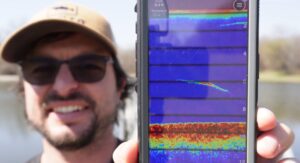
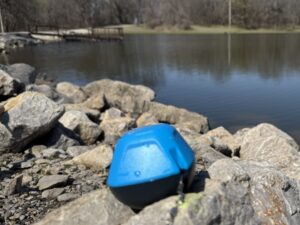
Specs
Pros
Cons
Why I Chose It
I think the Garmin STRIKER Cast is the best pick for bank anglers who want a portable, castable fish finder without getting into overpriced territory. It is simple to use, connects to your phone, and delivers reliable sonar readings.
One thing I like about the STRIKER Cast is the battery-saving design. The sonar only runs when the unit is in the water, which helps the battery last longer. I’ve had no issues getting a full day out of it, even with consistent use. That kind of battery life is a big plus when you’re covering water all day.
In my tests, I found the sonar readings to be clear and accurate for this price range.
The app is easy to use, and the Fish ID feature makes it easier for new users to interpret what they’re seeing on the screen. It also comes with a flasher mode, which is a nice bonus if you’re into ice fishing.
One thing to note is the 200-foot range. For most shore fishing or small water situations, that’s plenty. It’s less than the Deeper CHIRP 2 on paper, but Garmin’s estimates seem more grounded. I didn’t run into range issues during regular use.
The GPS capability does cost extra, so it’s something to consider if you want to save spots or create your own maps. I tested the GPS model, but even if you go with the non-GPS version, you can still access Garmin’s Quickdraw Community to view shared contour maps from other anglers.
Overall, if you want a straightforward castable unit from a brand known for accurate sonar, I feel the STRIKER Cast is a solid choice.
Read the full STRIKER Cast review here.
Best for Saltwater
Raymarine Element HV 12
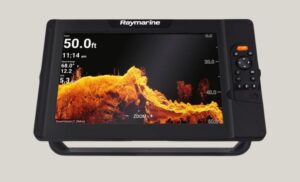

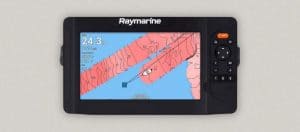
Specs
Pros
Cons
Why I Chose It
The reason why I find Raymarine Element HV 12 to be so good is mainly the RealVision 3D scan. It delivers advanced 3D imaging for structure, vegetation, and fish.
That said, you can also use SideVision and DownVision to scan up to 300 feet and 600 feet respectively. Compared to other fish finders in this range, I found these to be quite high ranges.
The Element’s 1.2 mHz HyperVision imaging is quite impressive, letting you theoretically view up to 100 feet in high resolution. Practically, I preferred slightly lower distances in my test because I didn’t want it to lose image quality.
The 12-inch non-touch display was a pleasure to use in bright sunlight. I actually prefer non-touch displays in saltwater conditions because touchscreens tend to get damaged by salt crystals.
The Element HV 12 also comes in 7- and 9-inch display options (HV 7 and HV 9) with nearly all other features identical. I personally found the HV 12’s screen to be slightly more smooth and sharp compared to the smaller models.
The mapping options on the HV 12 include LightHouse, Navionics, and C-Map, so you have solid choices for navigation.
One downside is that RealVision 3D on the Element is not quite as stable as the one in Raymarine’s premium Axiom series since it lacks gyro stabilization.
There are a few other trade-offs worth mentioning. The lack of a backlit keypad means you’ll need cabin lighting at night to see the buttons clearly—not a dealbreaker for everyone, but just something you need to know.
Also, while it has Wi-Fi, you can’t add apps or mirror it to a tablet—something I really wish it could do, especially given what some other units offer.
Despite these limitations, I think the Element HV 12 makes for a reliable companion on the water. While it might not have all the fancy connectivity features of some newer units, its core functionality – finding fish and mapping structure – is rock solid.
Recent Updates
- May 26th 2025: Removed Deeper Smart Sonar CHIRP 2 since it is no longer available. Replaced it with the Garmin STRIKER Cast as the new top choice for castable unit.
- Feb 17th 2025: Added the Raymarine Element HV 12 as an option for saltwater.
- Feb 6th 2025: Replaced the Lowrance Hook Reveal with the Lowrance Eagle. They updated the sonar in the Eagle’s transducer, but the price is still about the same.
- Nov 14th 2024: Removed the Garmin Echomap Plus as it’s been discontinued.
Testing Procedure
Below you’ll find the factors I consider critical when testing the fish finders for this review.
- Cost: I think factoring in how budget-friendly the fish finder is, is pretty obvious when we’re talking about the best fish finder for the money.
However, I didn’t choose the cheapest depth finder either since most (not all) fish finders under $100 will quickly break or give off inaccurate readings.
- Functionality: I’ve found that if a fish finder is difficult to install, set up, or use, I’m much less likely to recommend or use it myself. We have advanced enough as a civilization that these fishing electronics don’t have to be overly complicated.
- Features: While my primary concern is price, I want to get the most bang for my buck. So if I can get double the features without paying double the price, I’m more likely to purchase the fish finder with more features.
I typically look for multiple types of sonar, CHIRP, downscan, and sidescan, and GPS/mapping.
How to Choose the Best Fish Finder for the Money
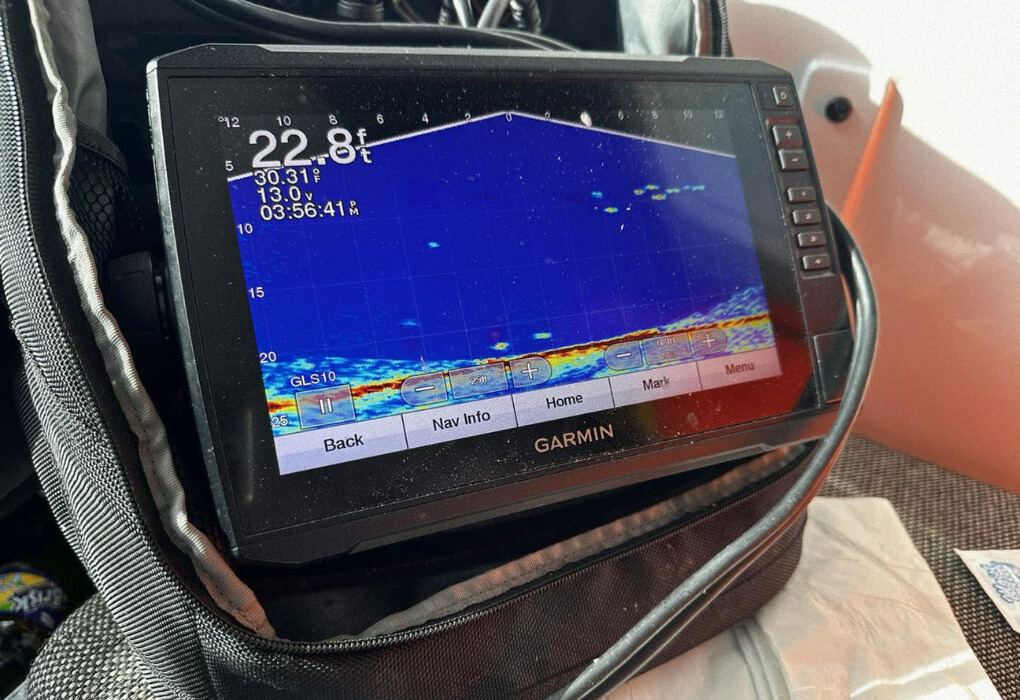
We’ve done a lot of fish finder reviews. I mean A LOT. I don’t usually like to promote something specifically because of the price because it usually means you’re sacrificing something in exchange.
After going through a lot of these products, I realize that’s not the case.
These fish finders are still high-quality, and they offer everything you would need, but they just don’t have as many bells and whistles. For most anglers, that’s okay.
That said, you need to settle on one, and this section will help you determine the features you need and the ones you can live without.
Display
The display is one of the most important parts of your fish finder because you need to be able to read the information your unit is collecting for you; otherwise, what good is it?
Let’s start with screen size. When you’re choosing the best budget fish finder, you’re likely picking one that doesn’t come with an incredibly advanced touchscreen display, but that doesn’t mean you won’t be able to read it.
Most of the fish finders above offer something between two and four inches which isn’t the best, but it’s good enough, especially for smaller vessels.
Pixels are another important aspect of your display. The more pixels, the higher the resolution.
The high resolution won’t always matter if you’re using FishID technology because the images will get converted into fish icons anyway. Still, it helps with identifying structure and differentiating the two.
Choosing between color or grayscale display is the last factor you’ll want to consider. Color is better because it’s what you’ll use to tell the size, and it’s easier to see in high and low light.
Of course, the color will usually cost more, but I do believe that all the fish finders recommended above are color displays.
Transducer
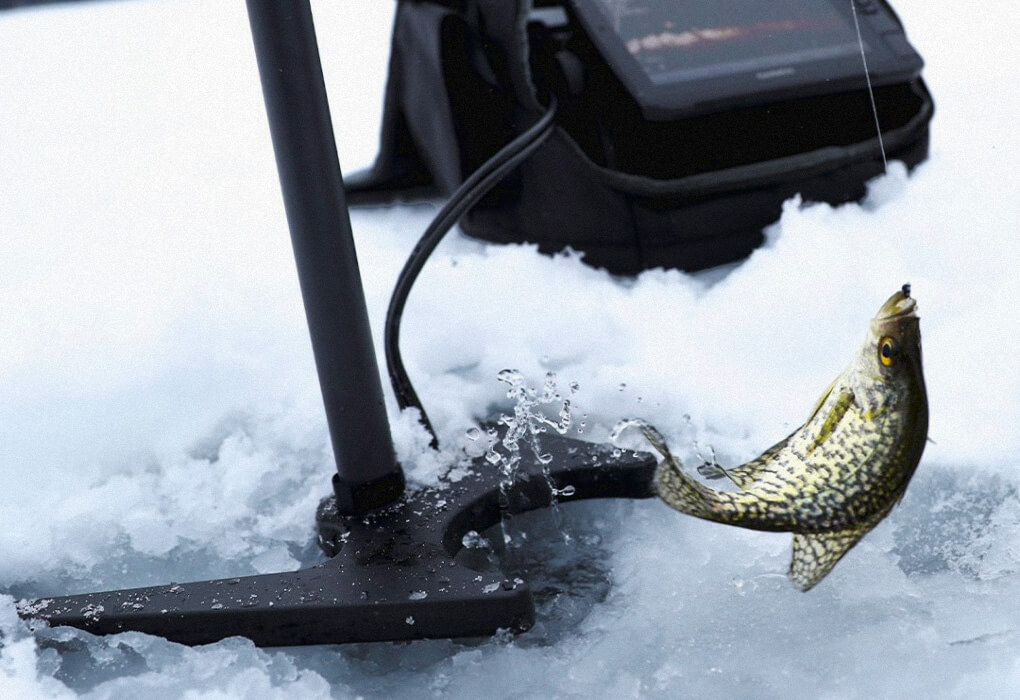
For me, the transducer and sonar type are the most important features.
This is the bread and butter of your fish finder. You can have the most beautiful unit on the planet, but that doesn’t mean jack if you can’t get an accurate reading.
The power of your transducer is measured in RMS, or root mean squared. It’s essentially the same thing as watts. Most fish finders have a range between 200 and 500 watts which is more than enough.
The majority of budget fish finders that you see will be around 200 simply because they’re not priced high enough for additional power.
Your fish finders frequency is the next thing we want to look at. The lower the frequency, the deeper the range you’ll have.
I find that most budget fish finders are around 400kHz, which is geared towards shallow waters but should still grant a max depth of around 150ft, so it’s good enough for most freshwater anglers.
Lastly, let’s look at the type of sonar. You’ve got a million different options and variations based on brand and the specific unit, but the best of the best is CHIRP sonar.
CHIRP stands for compressed high-intensity radar pulse, and it’s basically broadband sound waves that transmit a continuous flow of sonar into the water.
This is a solid type of sonar, so you’ll usually only find it on major brands like Garmin, Humminbird, and Lowrance, but they’ve found ways to make it affordable for most budgets.
Viewing Angle
The viewing angle refers to how the sonar waves are transmitted into the water.
A low-frequency transducer will offer a wide-angle view which allows you to detect fish on the sides of the boat.
A high-frequency transducer will send powerful waves down into the water so you can see much deeper beneath the boat, but you won’t be able to see anything in the surrounding water.
You always hear me talk about “dual beam” sonar. This is the best option and something you should strive to get because it’s not that expensive.
These fish finders will offer both types of sonar, and you can toggle between them.
By doing this, you can choose between deep and narrow or wide and shallow based on the water you’re fishing and what type of application you’re using.
It’s also important to pay attention to whether the fish finder is a downscan or sidescan unit.
Even the best cheap fish finders won’t offer side-scanning, so you’ll likely have to settle for downscan unless you’re willing to pay up to $300 for your unit.
Mounting
Mounting is a crucial consideration based on your level of experience and handiness. Believe me; you don’t want to make a mistake when mounting your fish finder transducer.
Please, trust me on that! (Flexseal doesn’t work like the commercials say it does.)
Anyway, you’ve got a few different options here.
Thru-Hull mounts actually require you to mount everything internally with the transducer mounted externally. This requires you to drill through the boat, and it’s a pretty involved process.
You’ll find these mounts on professional bass boats where the units are built into the boat.
They offer the most accurate reading, but of course, they come at a premium price, and you won’t find them on this list.
Transom-mount fish finders are more common and more affordable. You’ll mount these to the rear of the boat by the trolling motor so the transducer hangs below the boat into the water.
These are sometimes considered the least accurate because the constant water penetration causes negative side effects.
In-hull is the last mounting method, and for this, you’ll mount the entire unit inside the boat. It will penetrate through the metal without having to touch the water.
Some fish finders don’t require mounting at all.
Many of the affordable recommendations above are portable fish finders that come with corded transducers that you throw into the water or suction cup to the side of the boat.
Of course, they don’t possess the same level of accuracy as mounted options, but they’re more affordable and logical for beginners and occasional anglers.
GPS/Waypoint Mapping
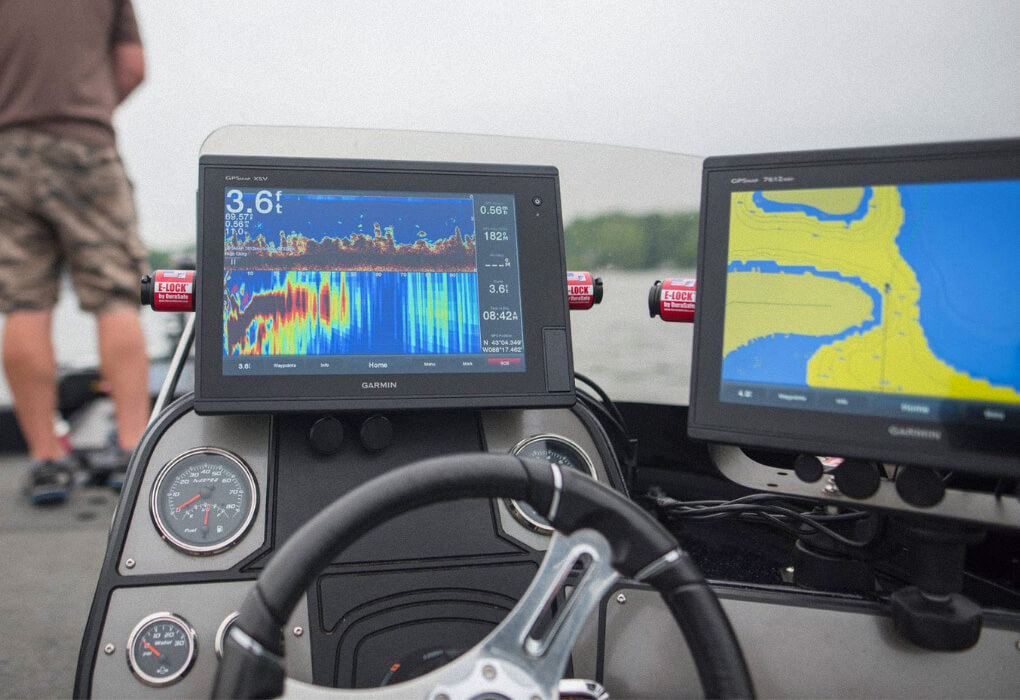
The best GPS fish finders will cost thousands of dollars, but I was pleasantly surprised to see that even affordable units come with GPS and chartplotter options.
The GPS technology will help you navigate the water, keep track of your location, and chart points along the way where you caught something or would like to revisit.
This feature is nice because it really puts the fish finder to use for something other than locating fish. Just make sure that you choose one with a MicroUSB card slot because you’ll need the extra space for chart plotting.
Portability
If you’re shopping for a budget-friendly fish finder, chances are you want something that is portable.
If you’re fishing from the shore, portability is a big factor because you can’t mount the unit, and you don’t want something super bulky that’s difficult to walk around with.
The best portable fish finders will fit in the palm of your hand, and they’ll still offer accuracy and high-quality imaging. You don’t have to sacrifice anything in exchange for portability and price anymore.
Price (Are you losing out on features in a budget model?)
I bet you were wondering when we’d get to this! Yes, of course, price is an important buying factor when looking for the best fish finder for the money.
The good news is you don’t have to sacrifice much other than fancy upgrades that you don’t really need anyway.
In my experience, you can get a solid fish finder for less than $200 without having to feel like you’re missing out on something.
You may not get the latest sonar technology, a brilliant display, side imaging, or waterproofing, but you’ll still get a unit that won’t require you to refinance your house.
That said, be realistic. You’re not going to get as accurate of a reading, and there might be some discrepancies at times, but it will only affect some anglers.
Other Factors to Consider
In addition to the unit itself, you’ll want to factor in a few other things about your fishing habits, how you fish, where you fish, and so on. Let’s take a look!
Boat Size
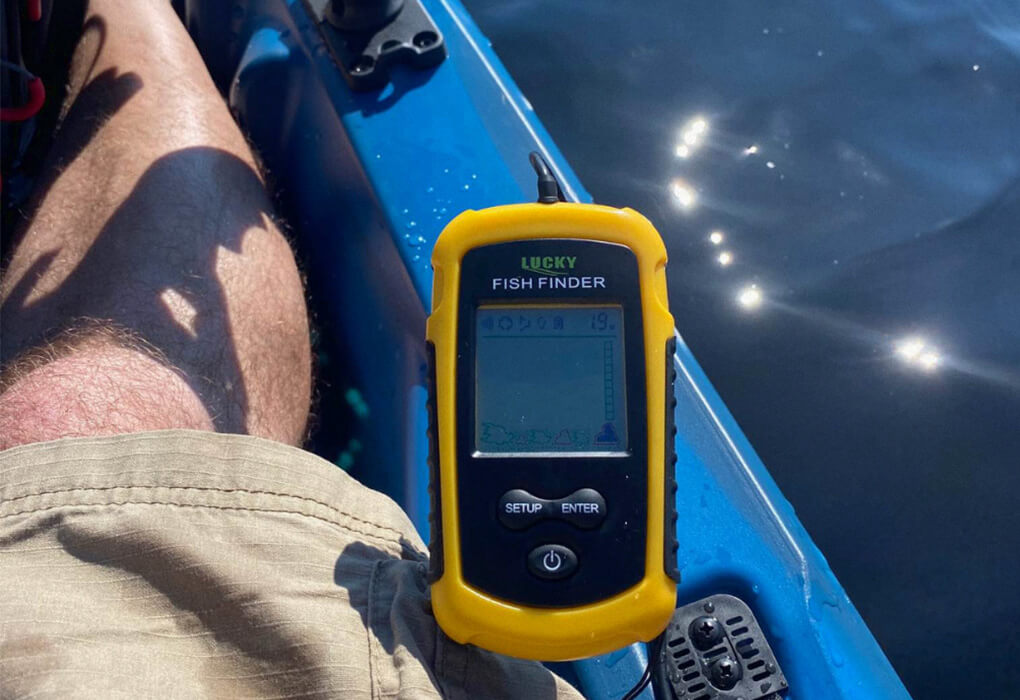
The size and type of your boat is important depending on the type of fish finder you choose, how you plan to mount it, and what you intend on doing with it. If you’re fishing from a kayak, you should check out kayak fish finders, or bank fishing fish finder if you like to stick to the shore.
Ultimately, you want to choose something that works best for your needs, so if you have a decent-sized bass or Jon boat, going with a transom mount fish finder will likely be the best choice.
If you only fish occasionally, you’re not too serious about fish finders, or you fish from a kayak, you’ll need a portable unit that you can attach and remove as you, please.
Saltwater vs. Freshwater
Fishing saltwater requires a premium fish finder because the salt, debris, and additional living organisms will always throw off your reading.
Most CHIRP models will get the job done here, but that will typically require you to buy a premium brand transom mount fish finder.
If you only fish freshwater, you can handle a more affordable unit. Keep in mind that many fish finders also come with adjustable settings that allow you to choose between salt and freshwater.
Brand
Lastly, let’s talk about brands. As I mention in many of my reviews, I am loyal to brands when it comes to fish products. I find that sticking with reputable suppliers results in a better experience.
Even in the event that you get a bum product, a great manufacturer will always back you up and provide excellent customer service to make it right.
Even some of the more affordable brands, like Venterior, offer great customer service. Some of the most reputable fish finder brands are Garmin, Humminbird, Lowrance, Deeper, and Raymarine.
Conclusion
Now that it’s clear to you that the Garmin STRIKER 4 is the best fish finder for the money. It’s time to get one ordered, I promise you will be shocked by the quality of this fish finder.
I’ve had mine for several years, and it’s still going strong.
While the other inexpensive finders won’t break the bank, they still carry their weight in terms of features and benefits. Which made ranking them very difficult.
If you think I missed one, be sure to let me know in the comment section!

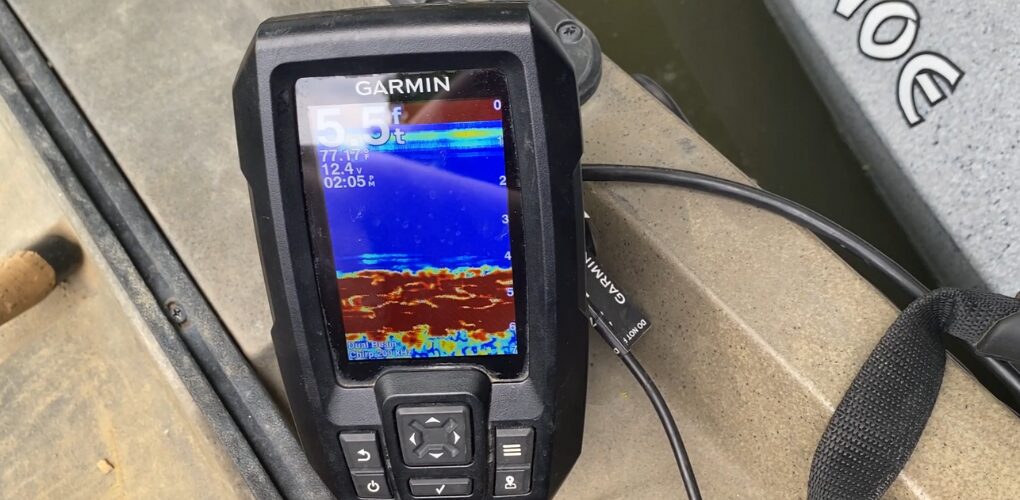
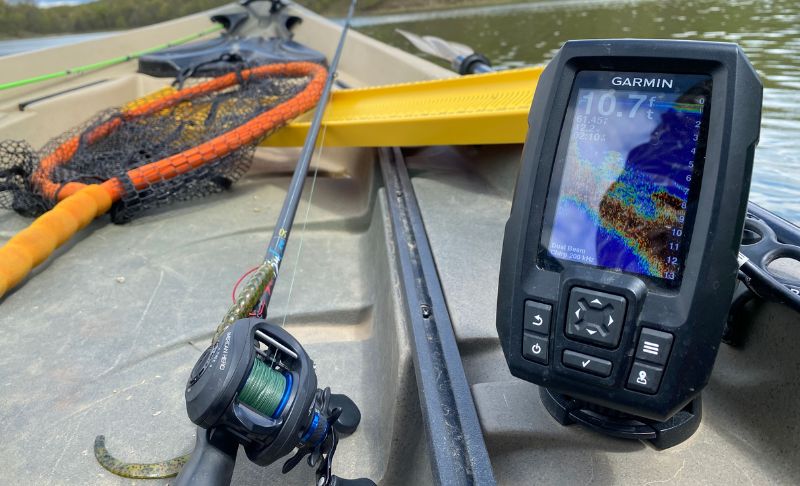
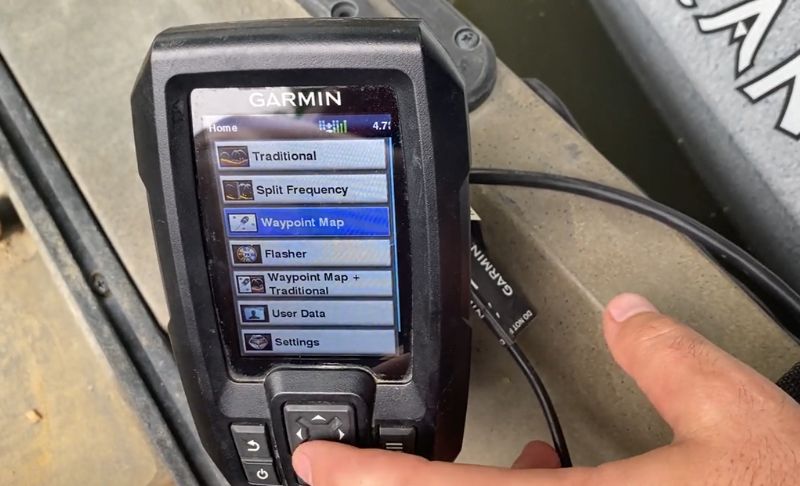
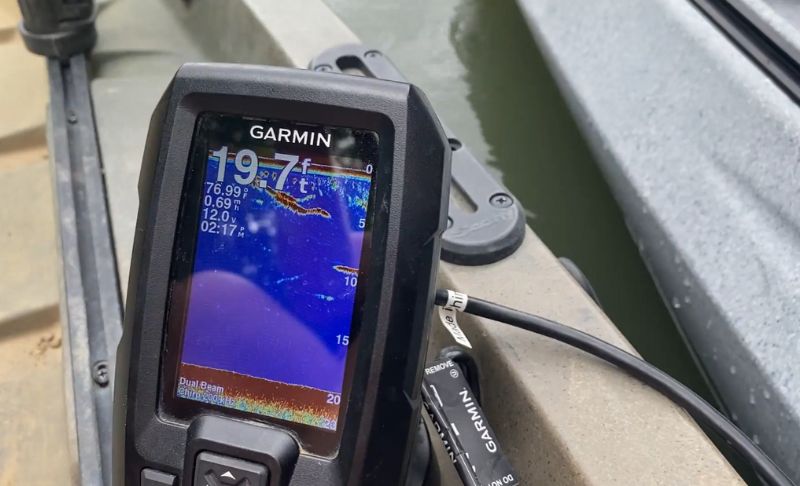
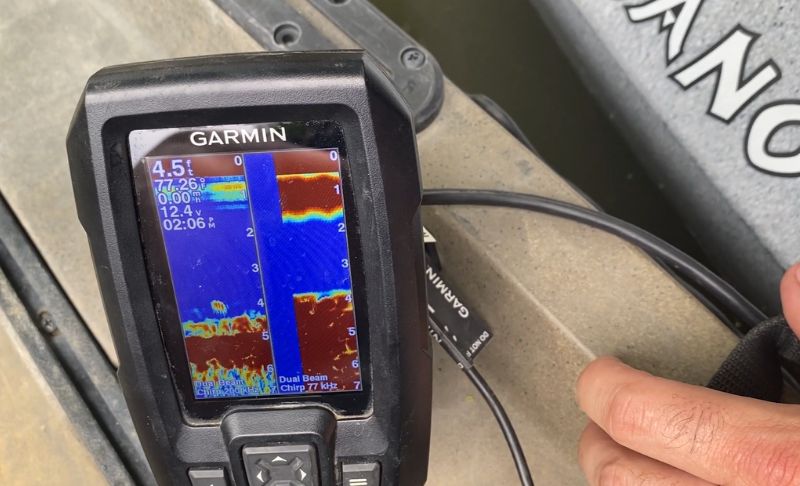
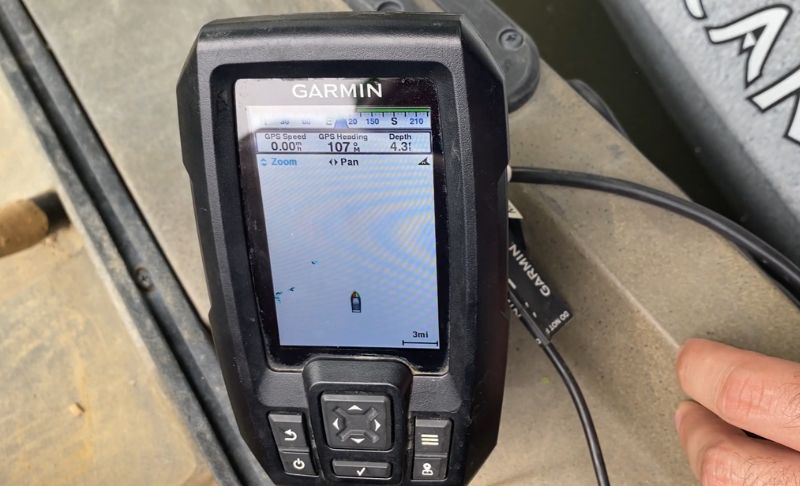
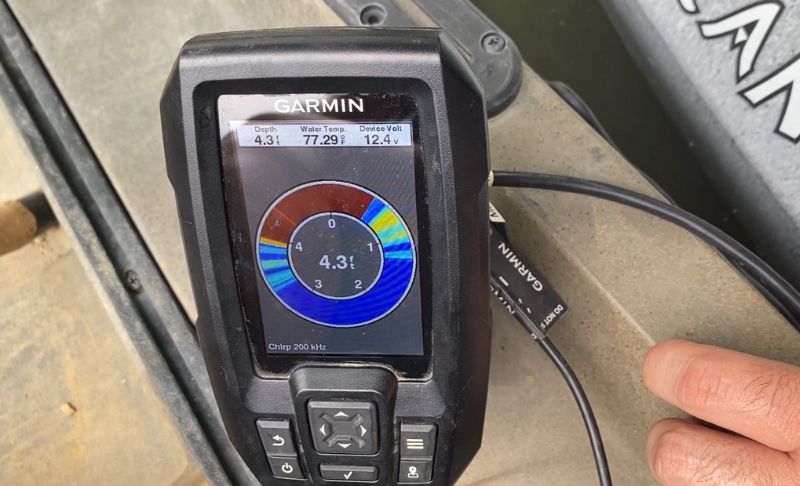
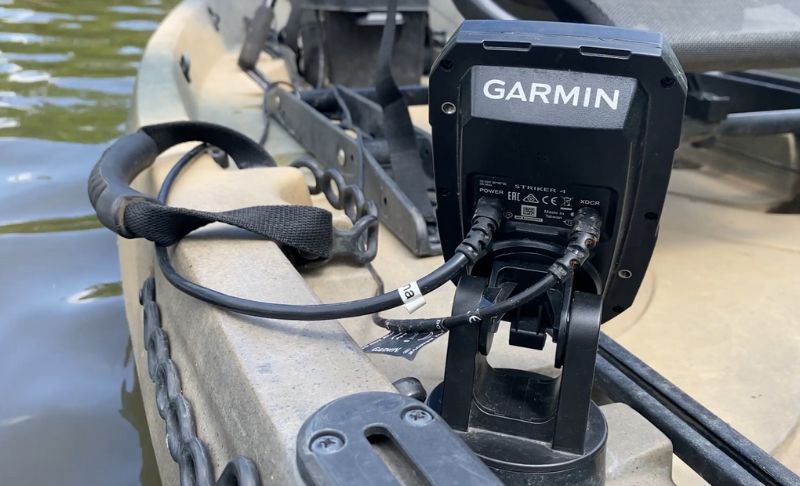
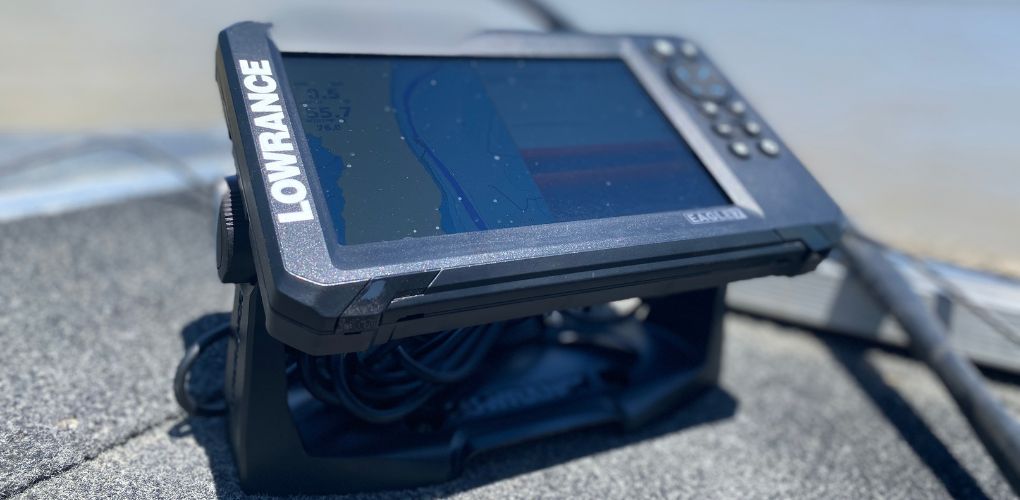
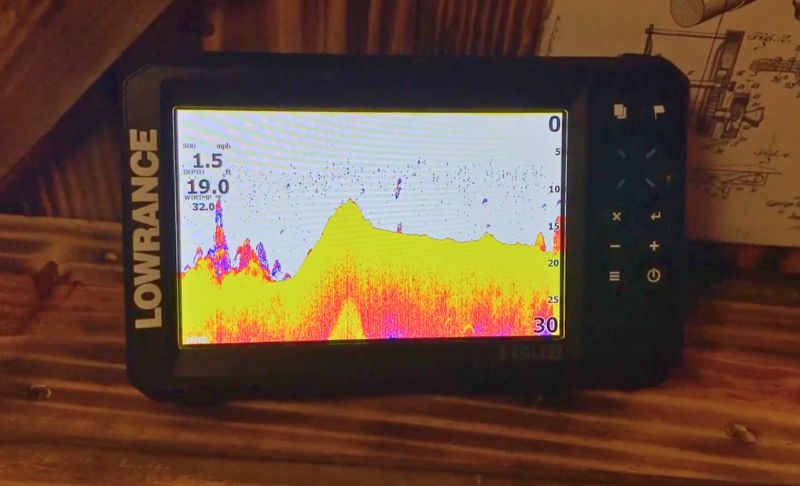
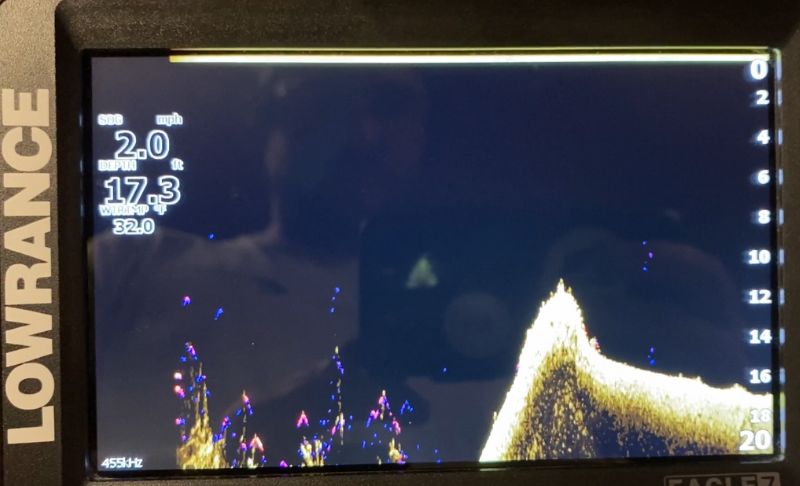
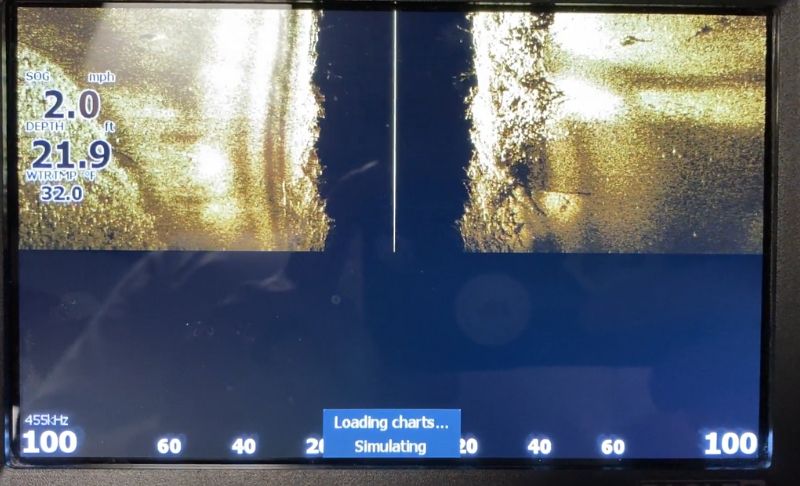
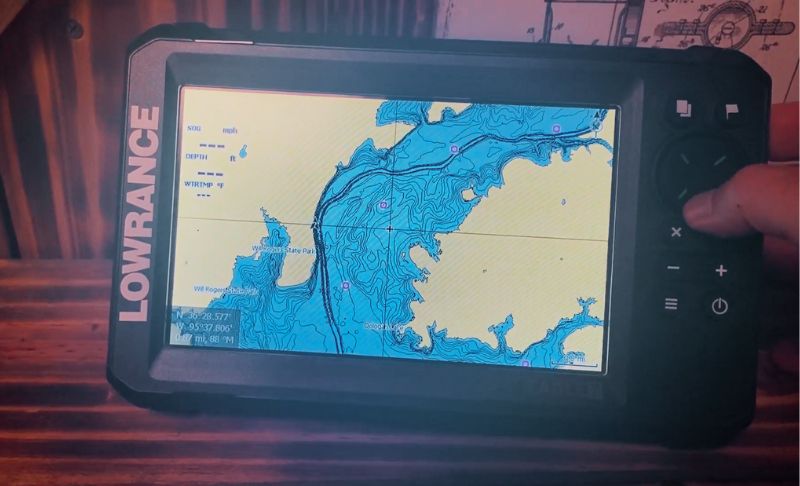
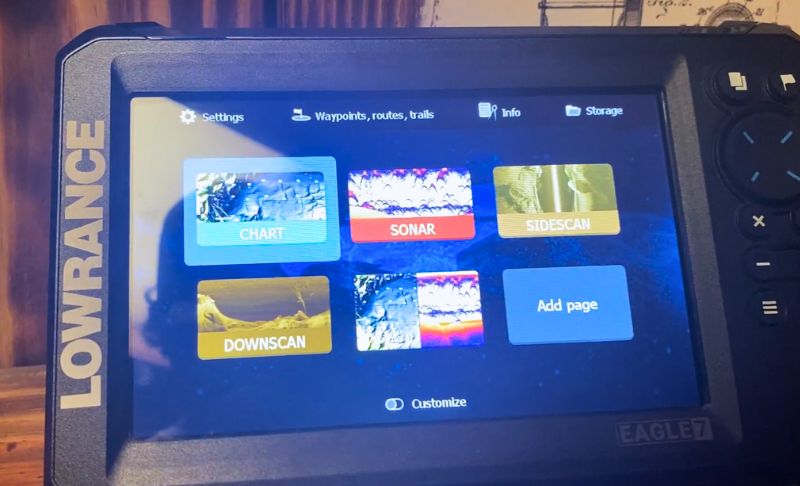
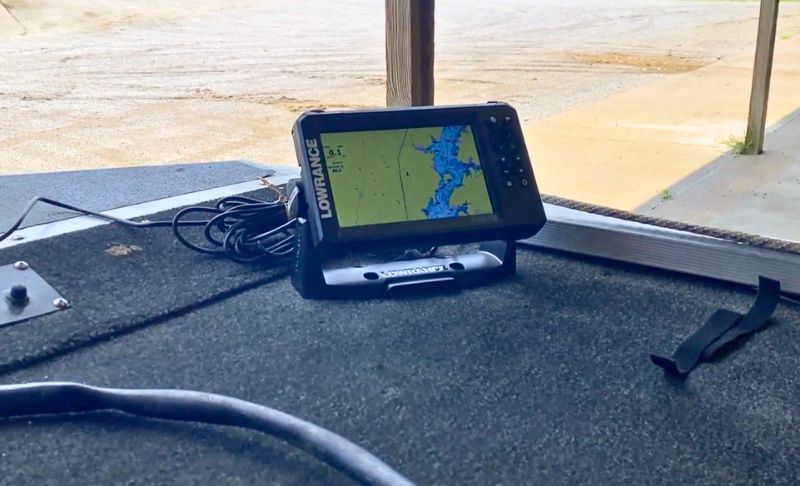
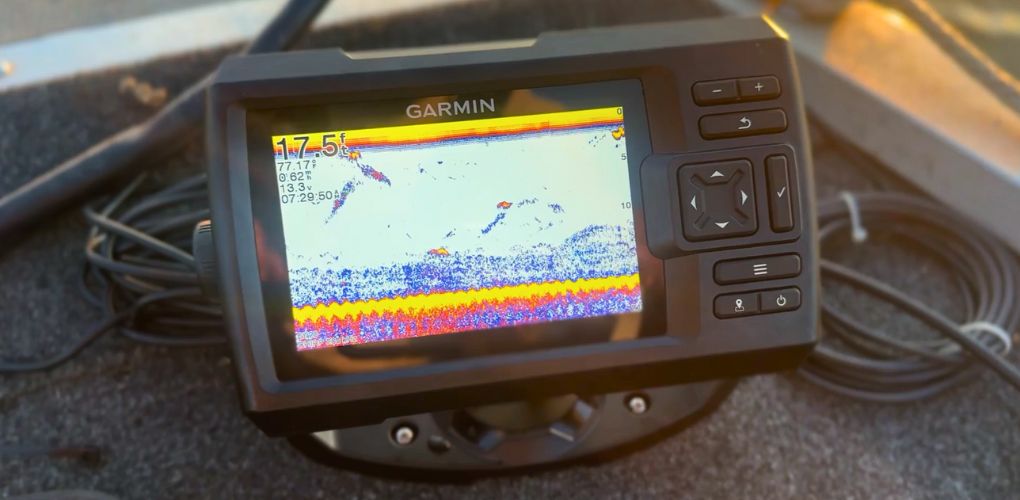
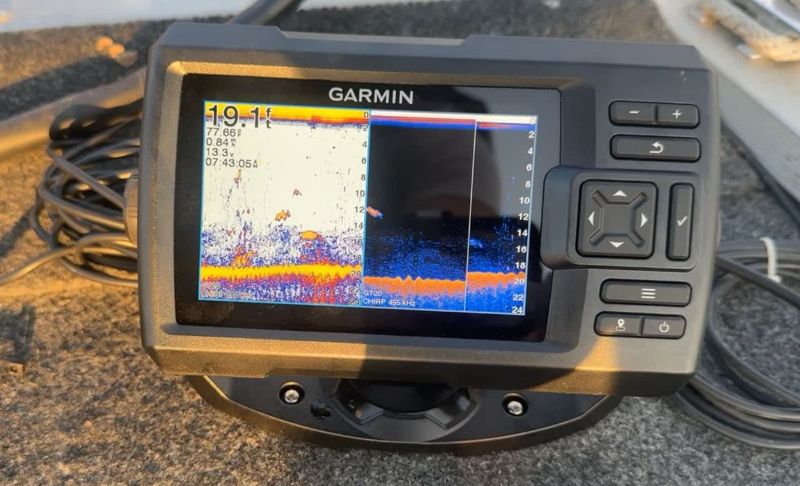
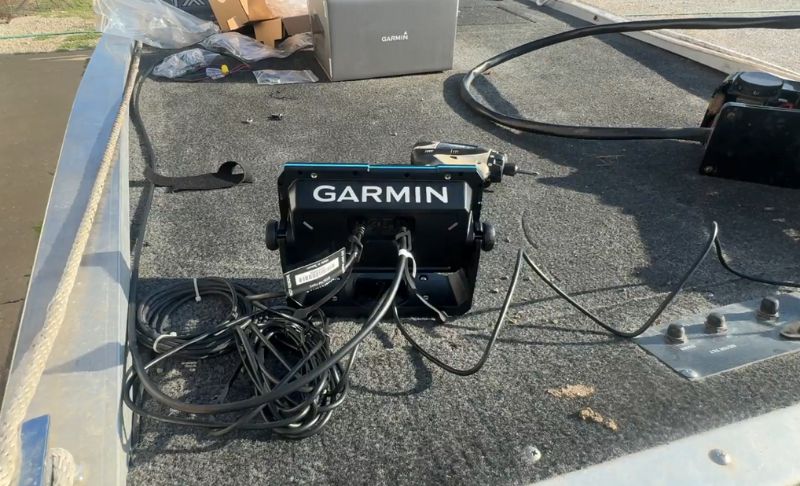
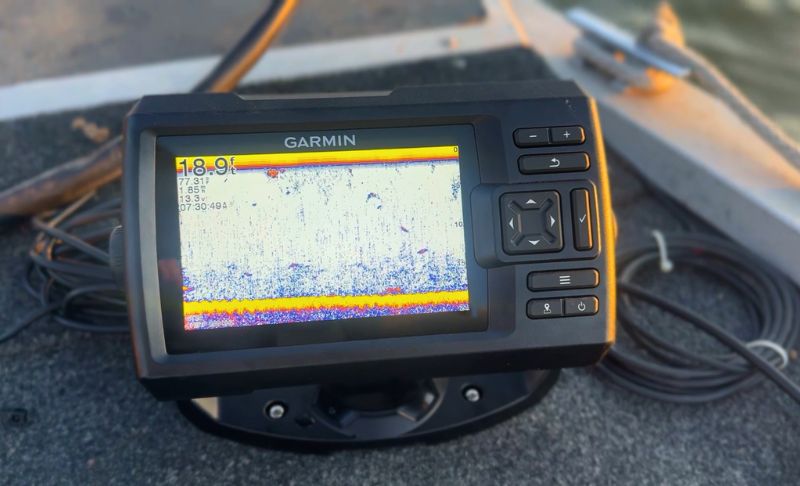
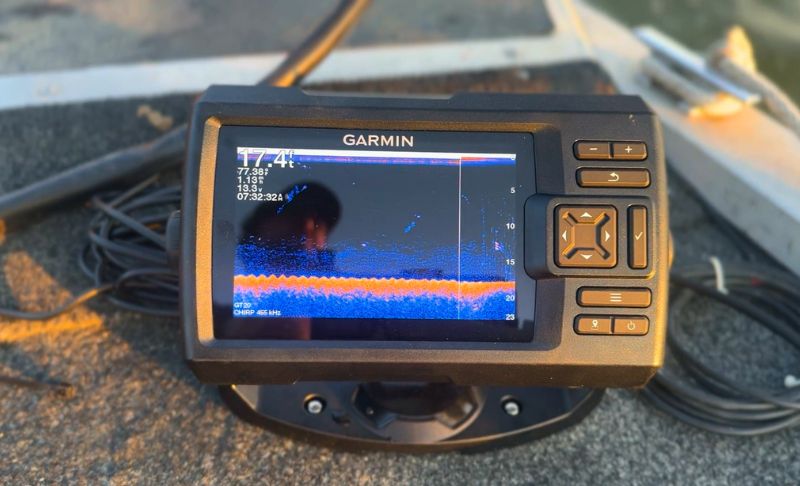
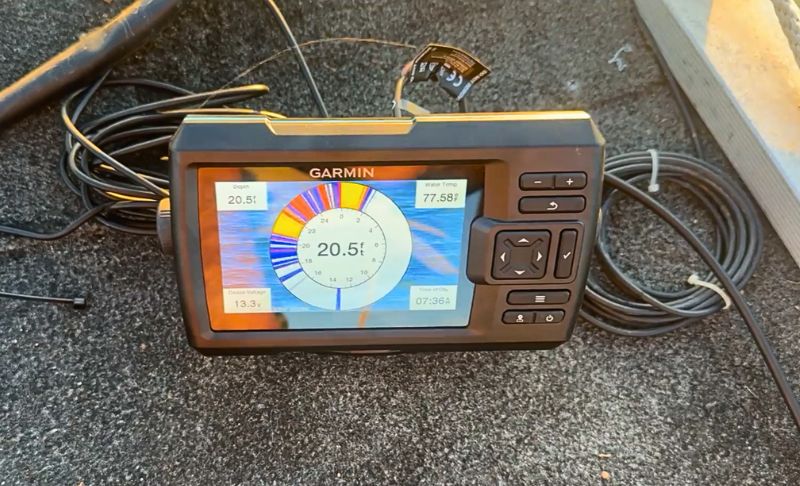
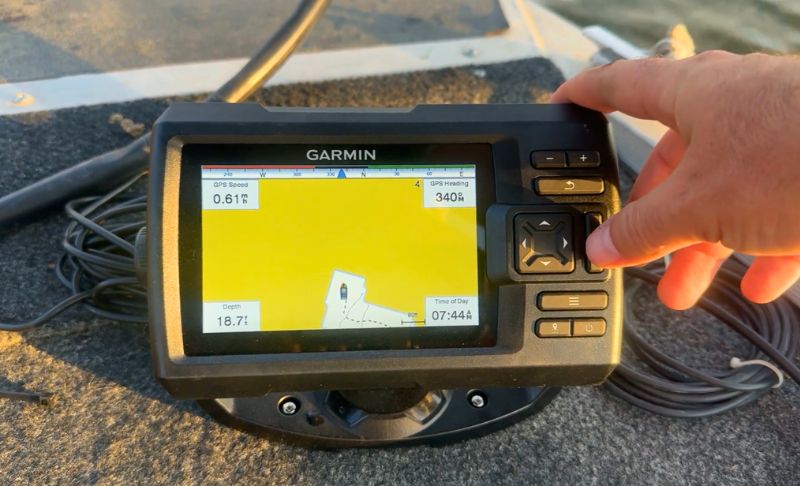
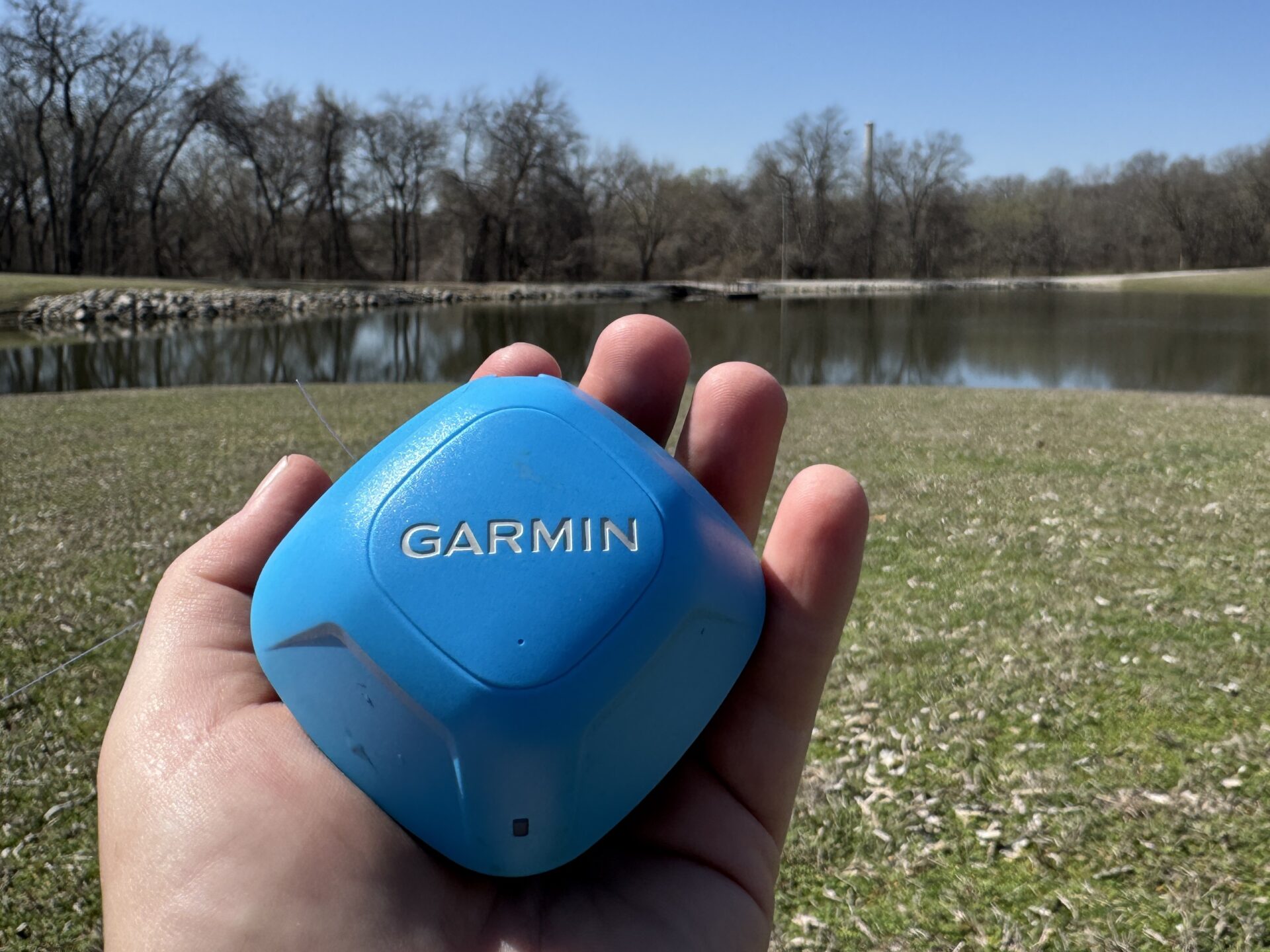
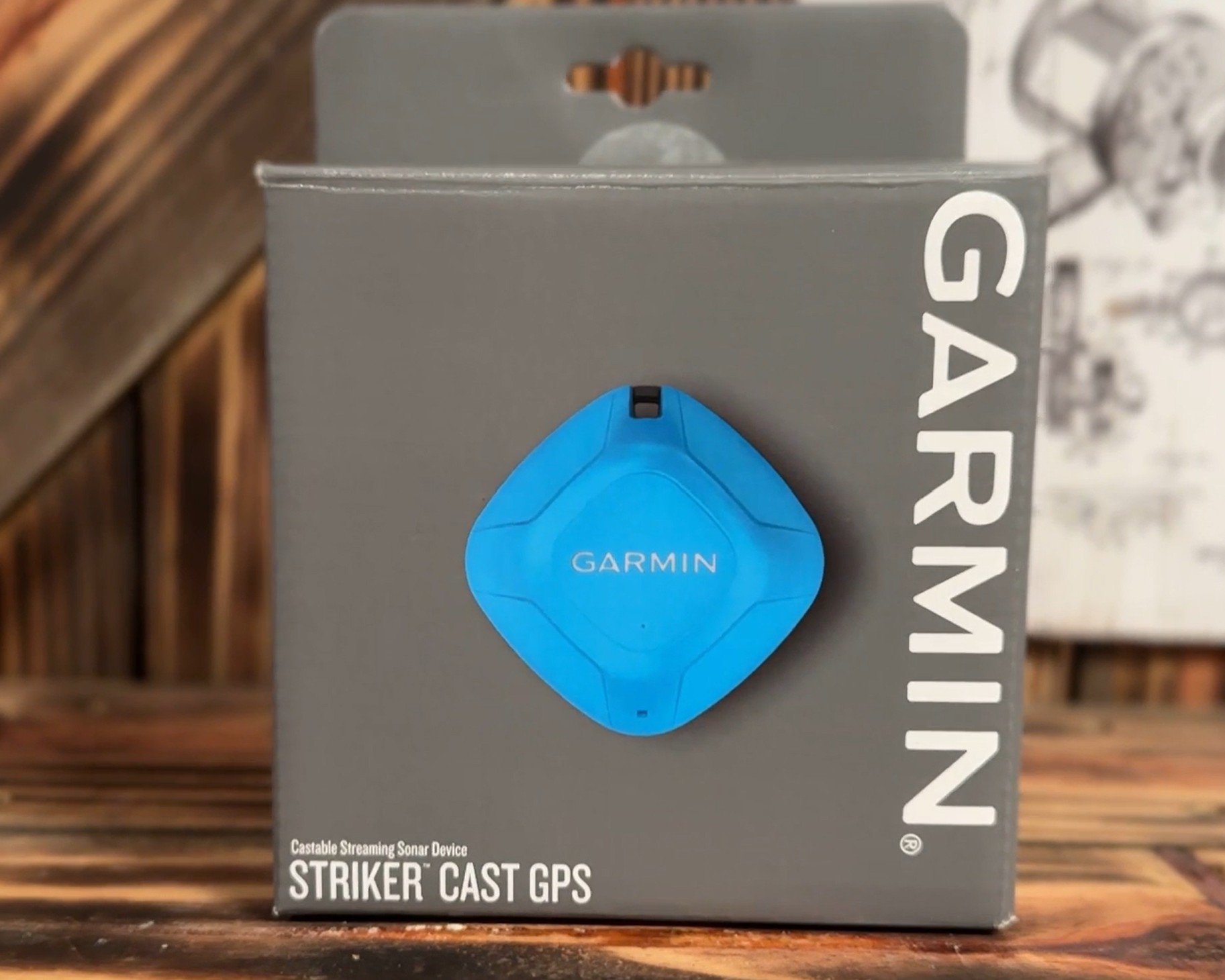
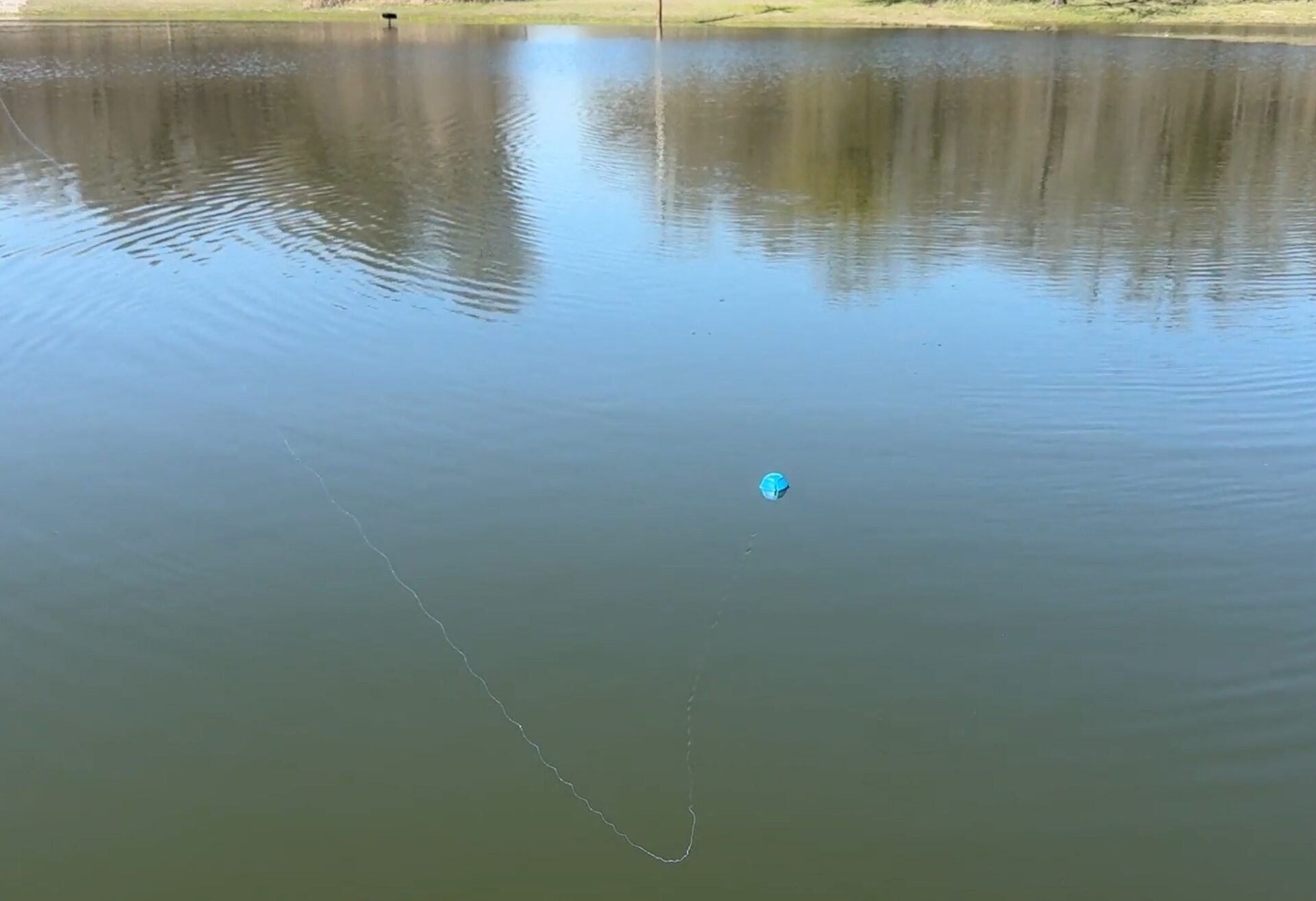
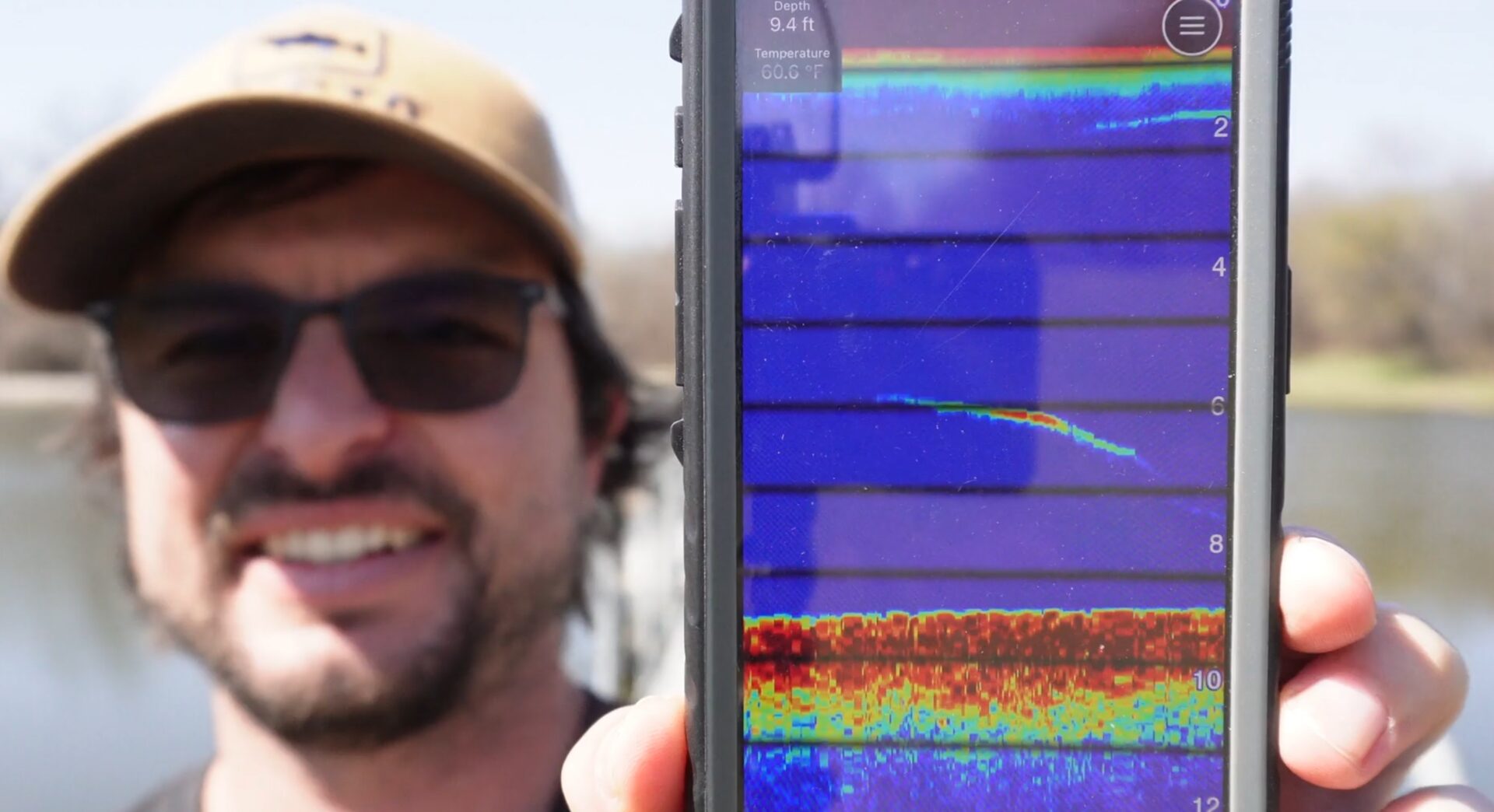
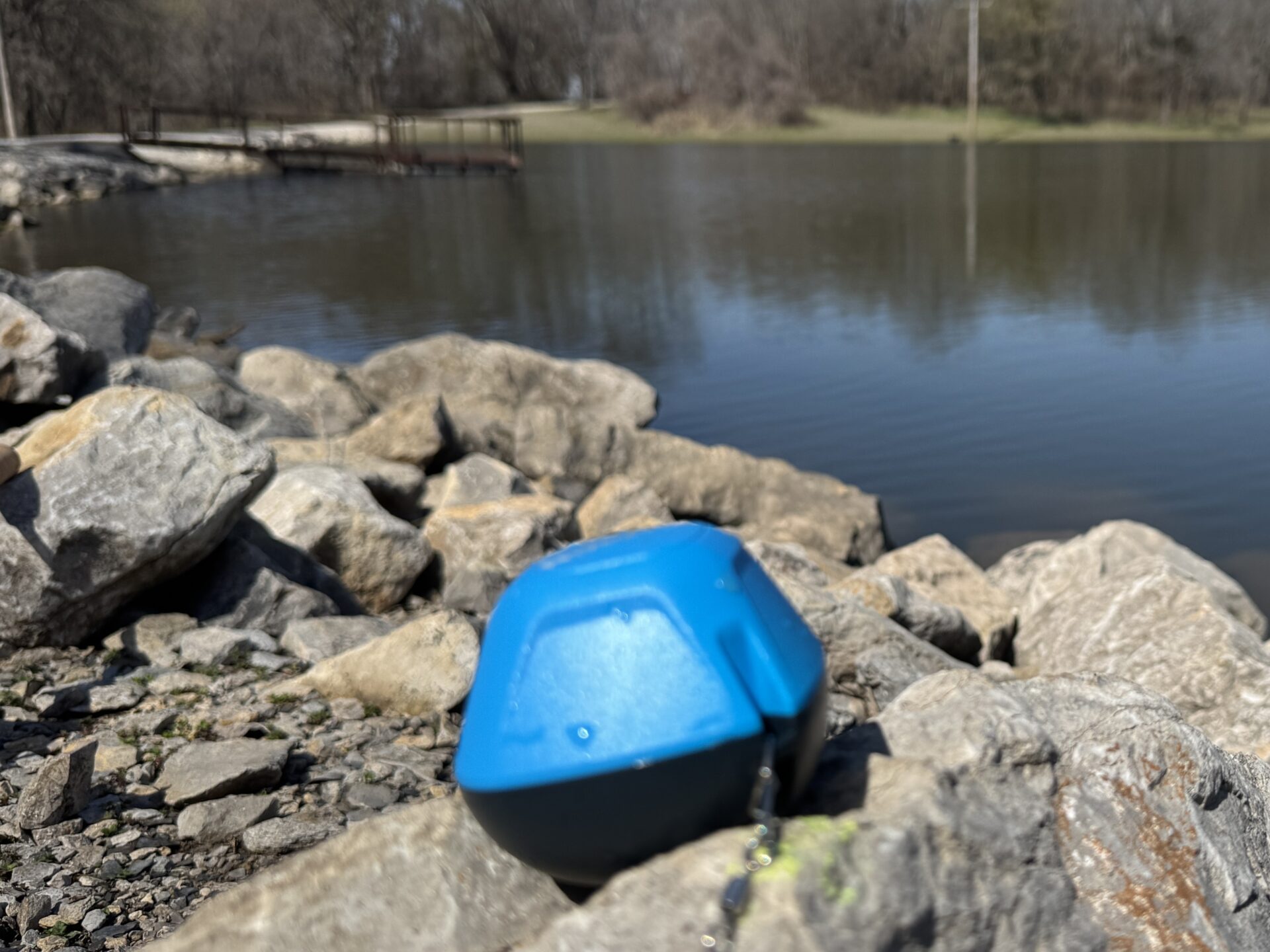
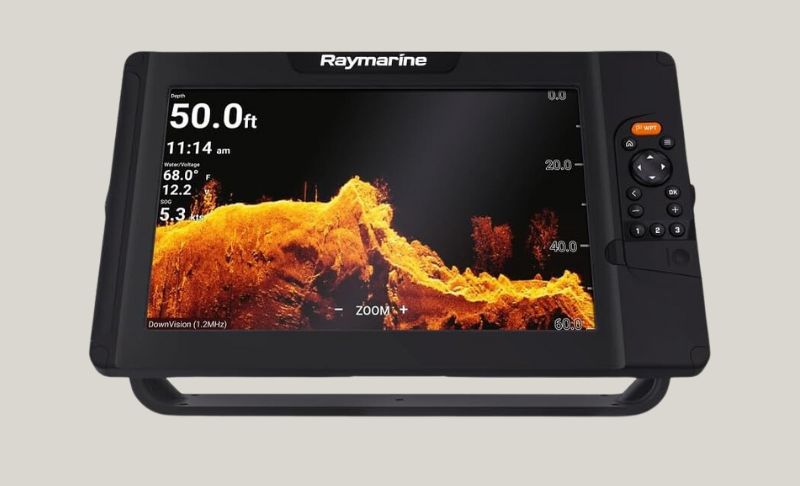

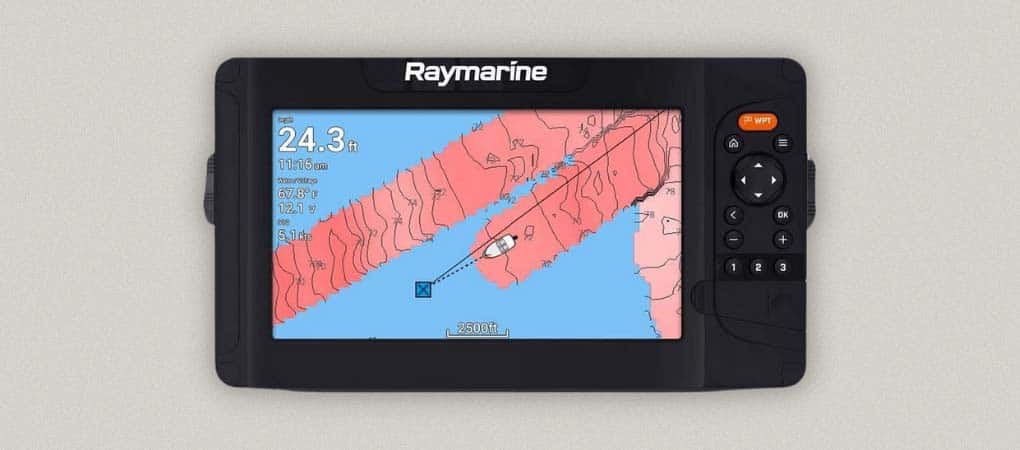
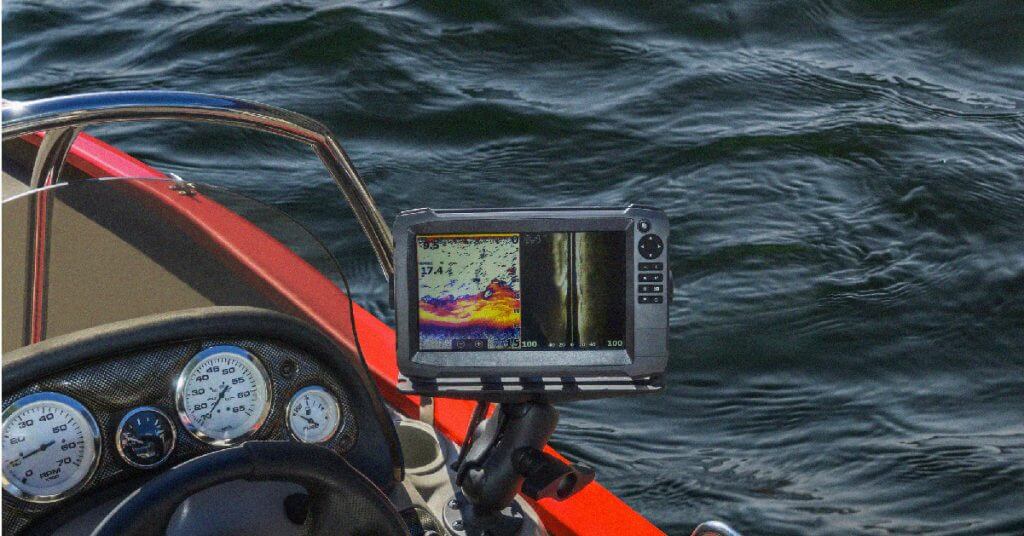
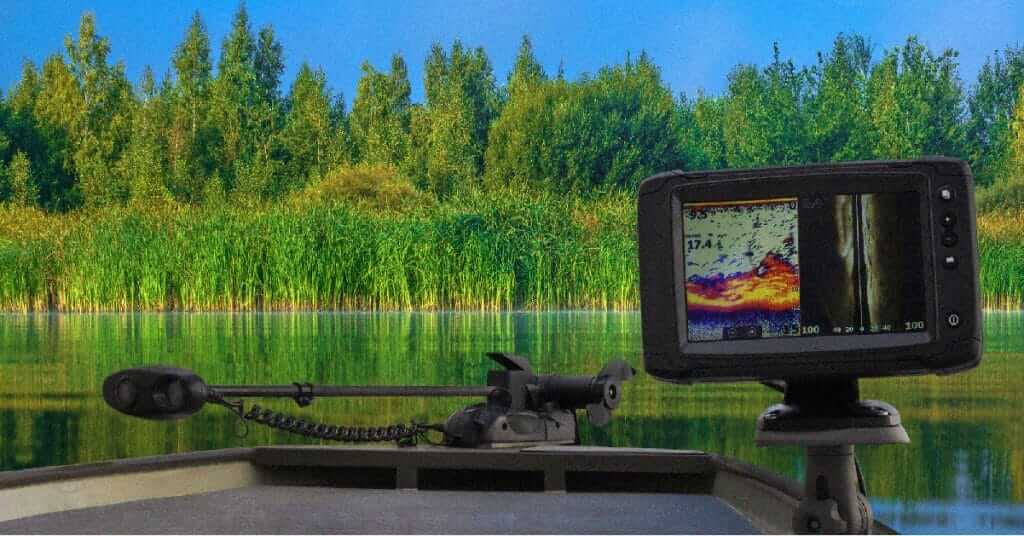
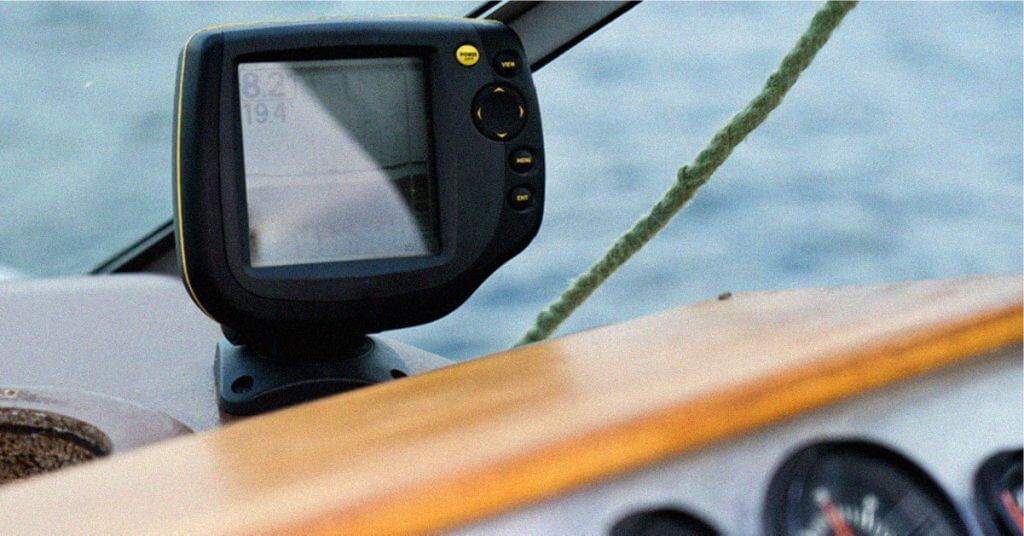
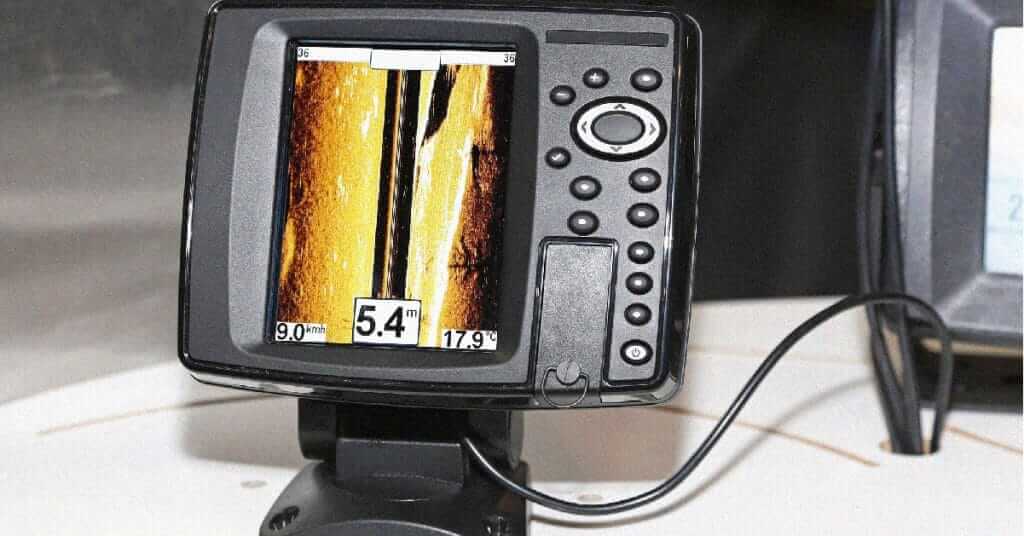
What a tremendous write up. Thank you so much!! I’m new to boating and trying to find a gift for my hubby. I so appreciate you diving into the different models but really REALLY appreciate the details on reading the results too!!!
I’m in the market for a pontoon depth finder with the added bonus (not even required) ability to see fish, etc. It’s all so confusing but shocking that this type of electronic device is made for boats and many aren’t even water-resistant to rain. I’m attracted to the Helix 5 because of the larger screen size but your review shows screen size as a “con” which seems odd since it’s larger than the other units. I’m confused. I really can’t drill holes through my pontoons, I don’t have a trolling motor (yet). Anyway, your article does answer some questions. Thanks.